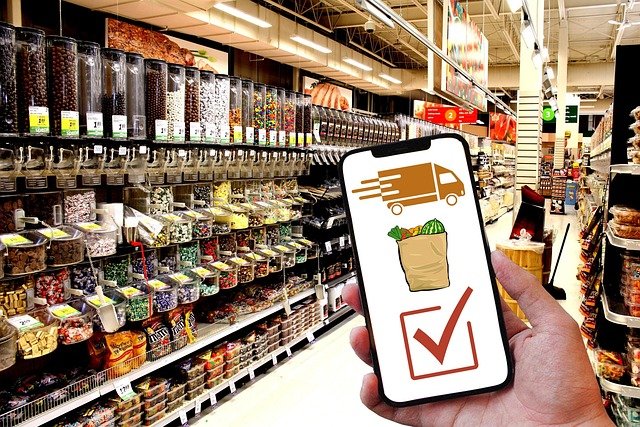Balancing Price Transparency and Dynamic Offers in Global Markets
Global ecommerce increasingly demands a careful balance between transparent pricing and adaptive promotions. This article outlines how merchants can align pricing strategies, localization, and dynamic offers to protect conversion and retention while meeting local regulations and payment expectations across markets.

Consumers expect clear, consistent pricing even as brands experiment with dynamic offers across regions. Achieving that balance requires a systems-level approach that touches product descriptions, images, search results, and the cart and checkout flows. Merchants that coordinate pricing signals with fulfillment options, payment methods, and UX tend to preserve conversion while using targeted discounts to improve retention and merchandising performance.
ecommerce
Ecommerce platforms are the backbone of any cross-border pricing strategy. Your platform must support localized pricing, different tax and duties treatment, mobile-responsive design, and integrations with payments and fulfillment partners. Clear product descriptions and high-quality images build trust, while search and merchandising tools help surface relevant offers. Combined, these elements influence whether a visitor adds items to the cart and proceeds to checkout.
pricing
Transparent base pricing reduces friction and regulatory risk, but dynamic pricing and limited-time offers can improve conversion when applied thoughtfully. Use pricing rules that account for local taxes, duties, shipping, and payment fees so the displayed price matches the final checkout total. Track how price sensitivity varies by channel—mobile users may respond differently to promotions than desktop shoppers—and use analytics to measure lift without eroding margin.
localization
Localization goes beyond language: it includes currency, payment preferences, delivery expectations, and compliance with local pricing regulations. Localized search relevance, translated descriptions, and region-specific reviews increase perceived relevance. Personalization tools must respect local privacy laws while using behavioral signals to surface offers that fit the local market’s typical fulfillment and payment behaviors.
personalization
Personalization can amplify dynamic offers without undermining transparency. Show personalized product bundles, recommended images, or merchandising sections based on intent signals and past interactions. However, personalization should not obscure base pricing; show how discounts are applied and why a price differs from the standard listing to maintain trust and reduce disputes during checkout.
checkout
A smooth cart and checkout flow is where price transparency matters most. Display taxes, shipping, and any currency conversion clearly before payment, and offer local payment methods to reduce abandonment. Mobile UX optimizations—simplified forms, saved payment options, and clear progress indicators—can increase conversion. Collect and surface reviews and fulfillment ETAs before the final confirmation to lower post-purchase friction.
analytics
Real-world cost and pricing insights help set dynamic offer strategies and measure their impact on conversion and retention. Monitor conversion at each step—search, product page, cart, checkout—and segment by device, country, and payment method. A/B test personalized offers and measure effects on lifetime value, average order value, and fulfillment costs. Below is a concise comparison of common ecommerce hosting and platform choices to illustrate typical cost structures for merchants implementing localized and dynamic pricing.
| Product/Service | Provider | Cost Estimation |
|---|---|---|
| Shopify (Standard ecommerce hosting, native promotions) | Shopify Inc. | Starting around $39/month for standard plans; transaction fees may apply depending on plan and gateway |
| BigCommerce (Hosted platform with multi-currency features) | BigCommerce | Starting around $39/month for standard plans; enterprise pricing varies |
| WooCommerce + Hosting (self-hosted plugin with extensions) | Automattic / WooCommerce (hosting by third parties) | Hosting typically $10–50/month; premium extensions and payment integrations $0–200+/year depending on needs |
Prices, rates, or cost estimates mentioned in this article are based on the latest available information but may change over time. Independent research is advised before making financial decisions.
Conclusion Balancing price transparency with dynamic offers across global markets requires integrated decisions across pricing, localization, personalization, and fulfillment. Clear product images and descriptions, consistent search and merchandising rules, and an unambiguous cart and checkout experience preserve trust. Use analytics to iterate on offers, and ground dynamic pricing in visible, explainable rules so conversion and retention improve without eroding customer confidence.





